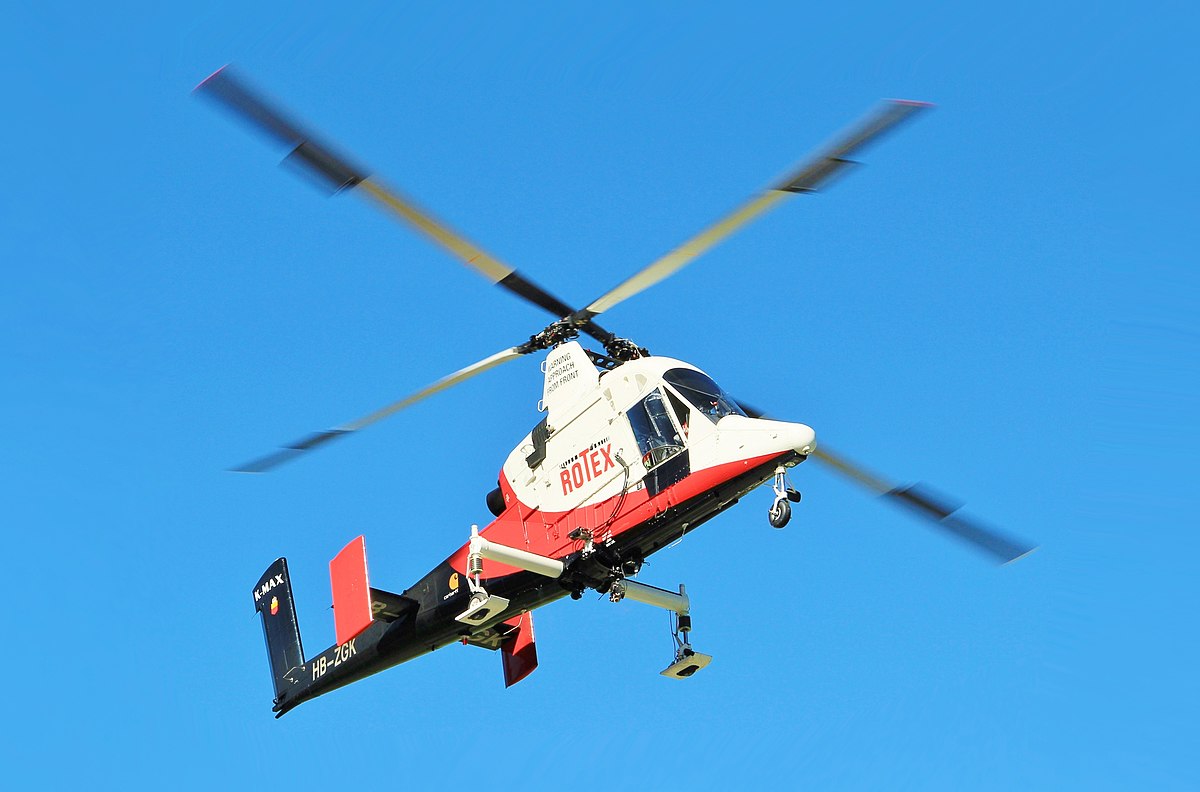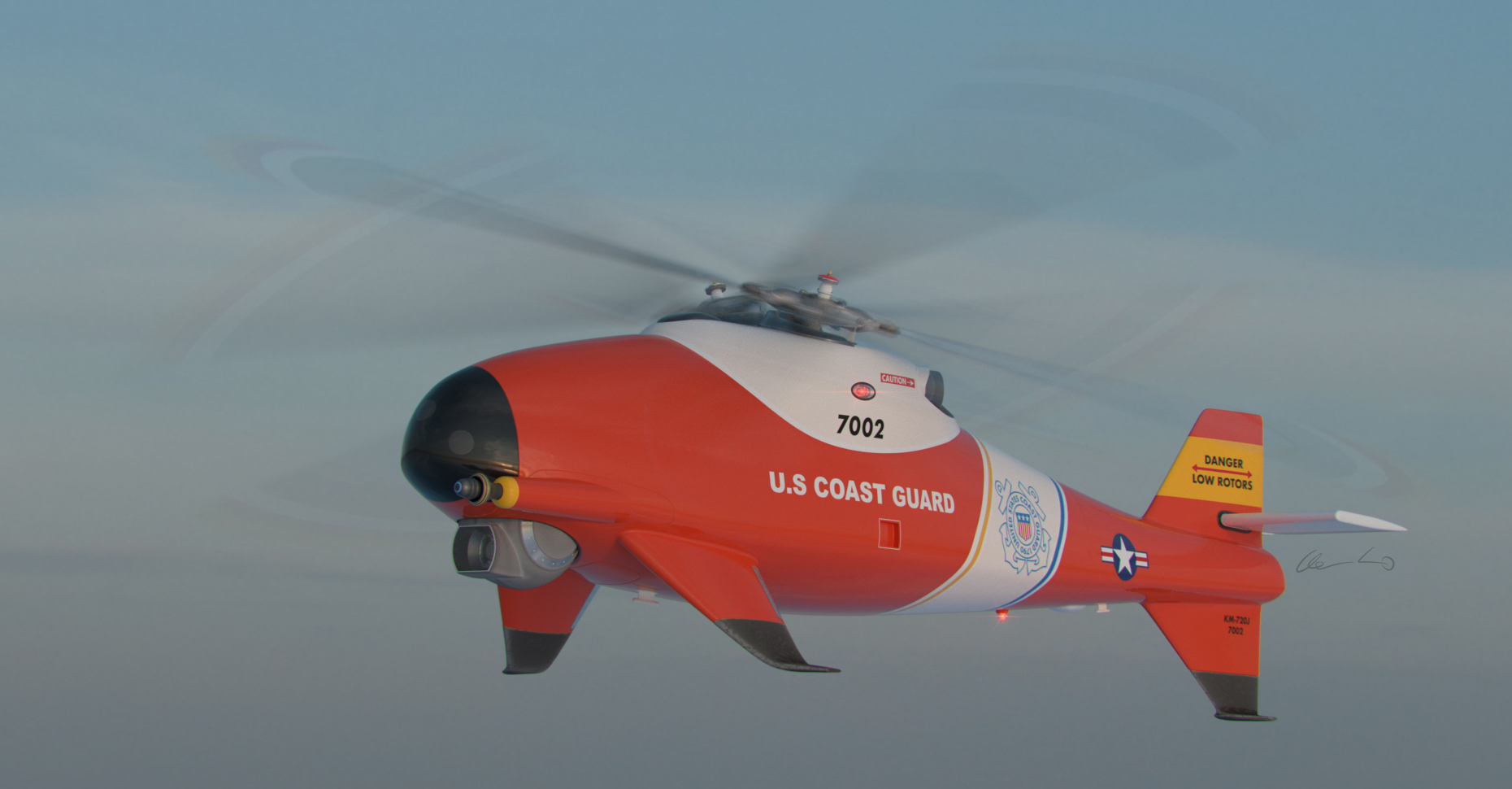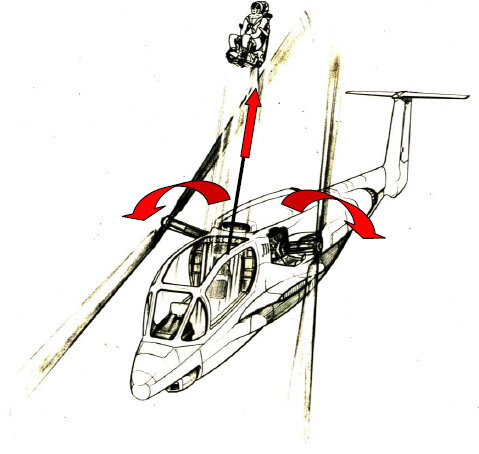The symmetrical configuration of the rotors as in this NorthropGrumman concept (Flettner, but not necessarily controlled by rotor flaps) looks very attractive, especially since even at higher speeds lift and propulsion remain symmetrical. It is not totally clear to me why no manufacturer except Kaman has pursued this concept of intermeshing rotors at least for high speed (attack) helicopters (Kaman's concept is only designed for comparably low speeds due to the flap control).
Currently two Swiss UAV manufacturers are using this concept:
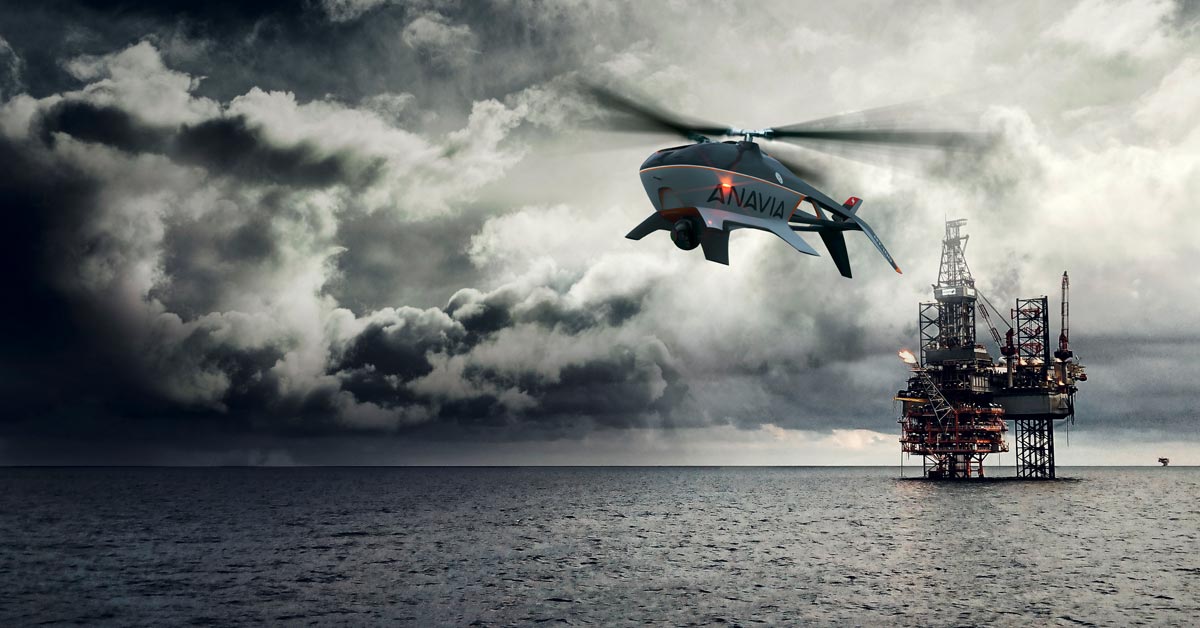
ANAVIA HT-100 - the most advanced VTOL system worldwide.
ANAVIA develops and manufactures innovative UAVs focusing on vertical takeoff & landing systems (VTOL) of up to 500 kilograms.
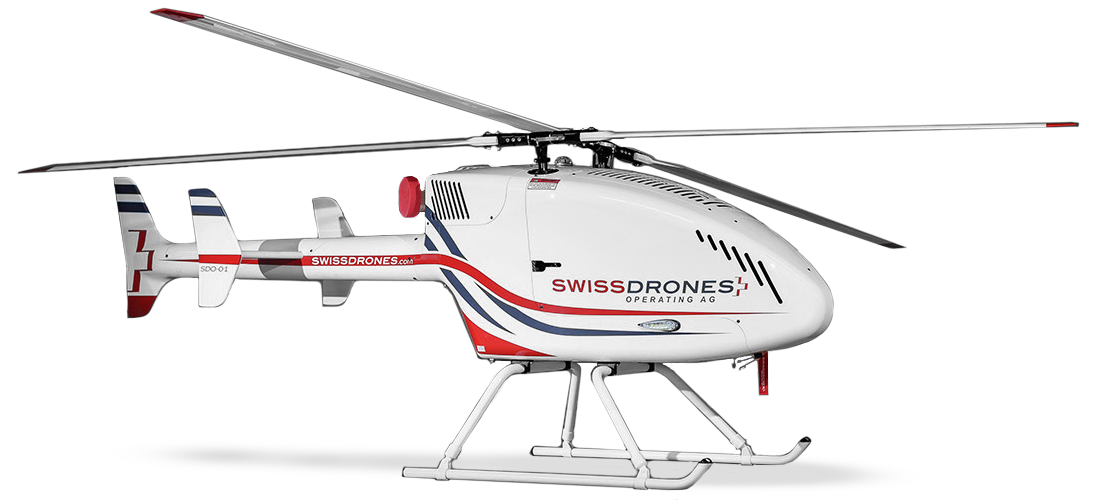
SwissDrones Long-Range VTOL
SwissDrones is specialized in the development, manufacturing, and operation of long-range unmanned helicopter systems for commercial and public safety applications.
Some time ago Kamov also introduced a scale model with intermeshing rotors (although their trademark is the of course the coaxial configuration).

